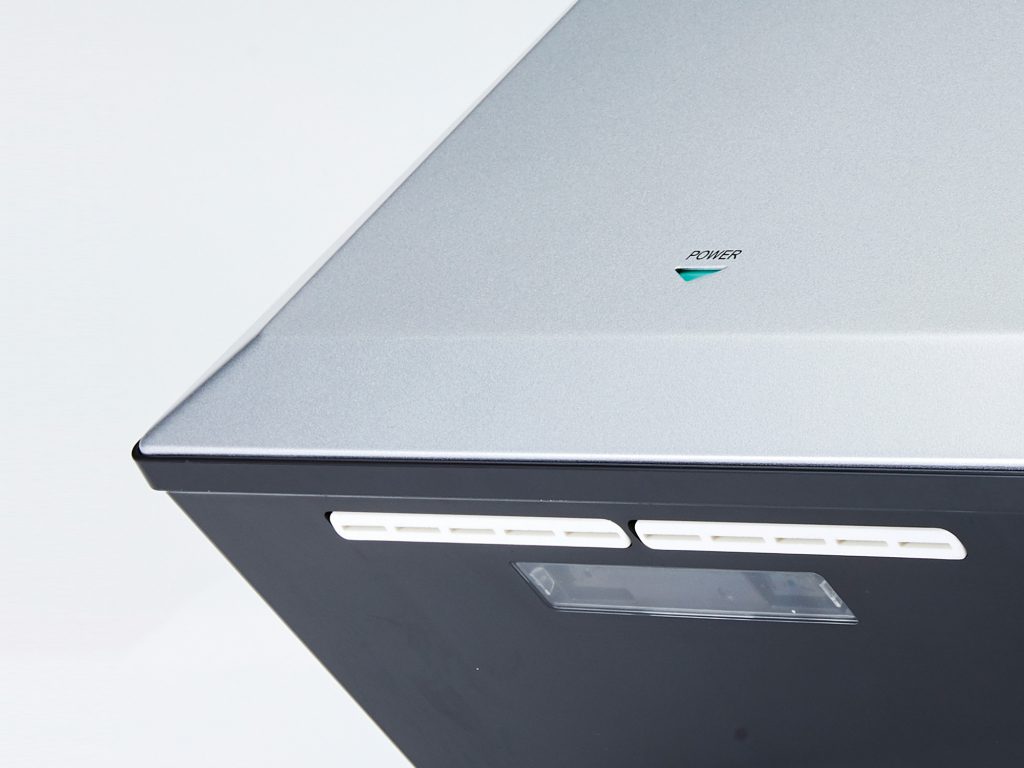Choosing More Efficient Hand Dryers
If you are in the process of updating the bathrooms in your building, hand dryers should be a key consideration, and making a more efficient choice can help you reduce long term costs as well as lowering the CO2 emissions as part of your journey to Net Zero.
Warm air hand dryers vs jet hand dryers
The two main types of hand dryer are warm air (evaporative), and jet hand dryers.
An evaporative hand dryer uses a slow-moving fan to push air over a heating element which then flows over the user’s hands. As the hands are rubbed together in the air flow, the water left after washing evaporates away leaving the hands dry after about 35 seconds to one minute.
A jet hand dryer works differently. Air is accelerated through the internal ducting of the dryer and dispensed through a narrow nozzle. This fast-moving air blows the droplets of water off the skin much more quickly, taking around 10 seconds to complete the drying process.
Aside from meaning that less electricity is used, a shorter drying time will also mean that bathroom visits are shorter. This can have a positive impact on workplace productivity, saving hundreds of hours over the course of a year in an average office.

